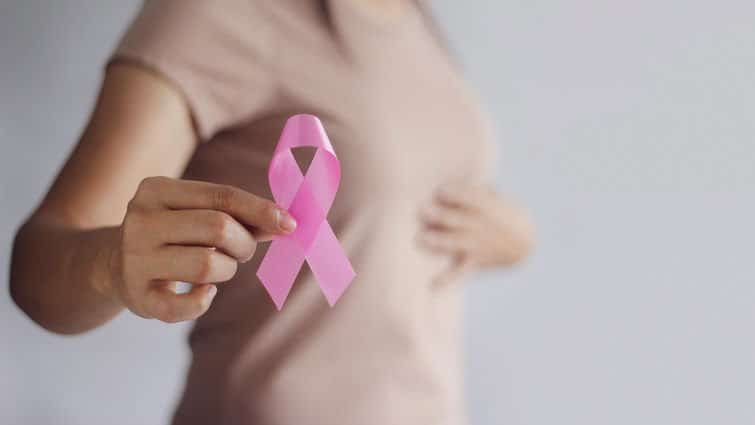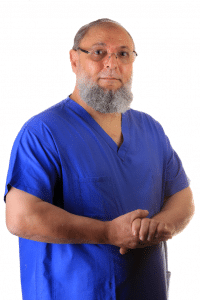Benign Breast Tumors
Most Breast Tumors prove to be benign (not cancer).
In contrast to cancer, Benign Tumors have a capsule, cannot spread and do not recur when completely removed.
FIBROADENOMA: Fairly common in the young (15-30 years old).
Nicknamed, the Breast Mouse, as it is highly mobile within the breast.
Could be multiple or bilateral.
Assessed clinically and by Ultrasound examination +/- needle biopsy.
Mostly disappears spontaneously.
Never change into cancer.
Deserves surgical removal if:
o Enlarging rapidly
o Patient wishes
o In patients over 30
o Patients with strong family history
o If needle biopsy is not conclusive
o I remove if over 3cm at presentation
Giant Fibroadenoma: A rare mass investigated as usual but always have to be removed.
Fibrocystic disease: Also called Fibroadenosis, is a disease of the over 35.
It happens when there is some disturbance in the hormone balance, which
leads to imbalance between the glandula and support elements with a
resultant lumpiness.
It could be localized to a sector of the breast or generalized.
Could present as: Lumpiness, pain or nipple discharge.
Investigated as usual: Triple Assessment: Examination + Mammography + Core Needle biopsy.
Surgical removal is rarely if ever required:
o Diagnostic uncertainty
o Localised or significant size
o Strong family history of Breast or Ovarian Cancer.
Cysts: Fluid filled sacs, present as well defined, not fixed lumps similar to fibroadenomas and could be multiple and recurrent.
Diagnosed as usual Clinically + Mammography + Ultrasound
Could be aspirated to prove the diagnosis but patients should be informed
of its possible recurrence.
Fluid could be: Clear, yellow, green or black and usually is discarded.
Fluid is sent for analysis if: blood stained or residual lump
Rarely if ever needs surgical intervention unless there is a residual lump or persistent blood staining.
Milk cyst: Not unusual during pregnancy but should not be ignored. Has to be investigated as usual: Triple assessment. (clinical- imaging – needle)
Lipoma: Fatty localized mass could happen under the skin anywhere in the body, including the breast.
Should be investigated as usual an excision is recommended if very large.






